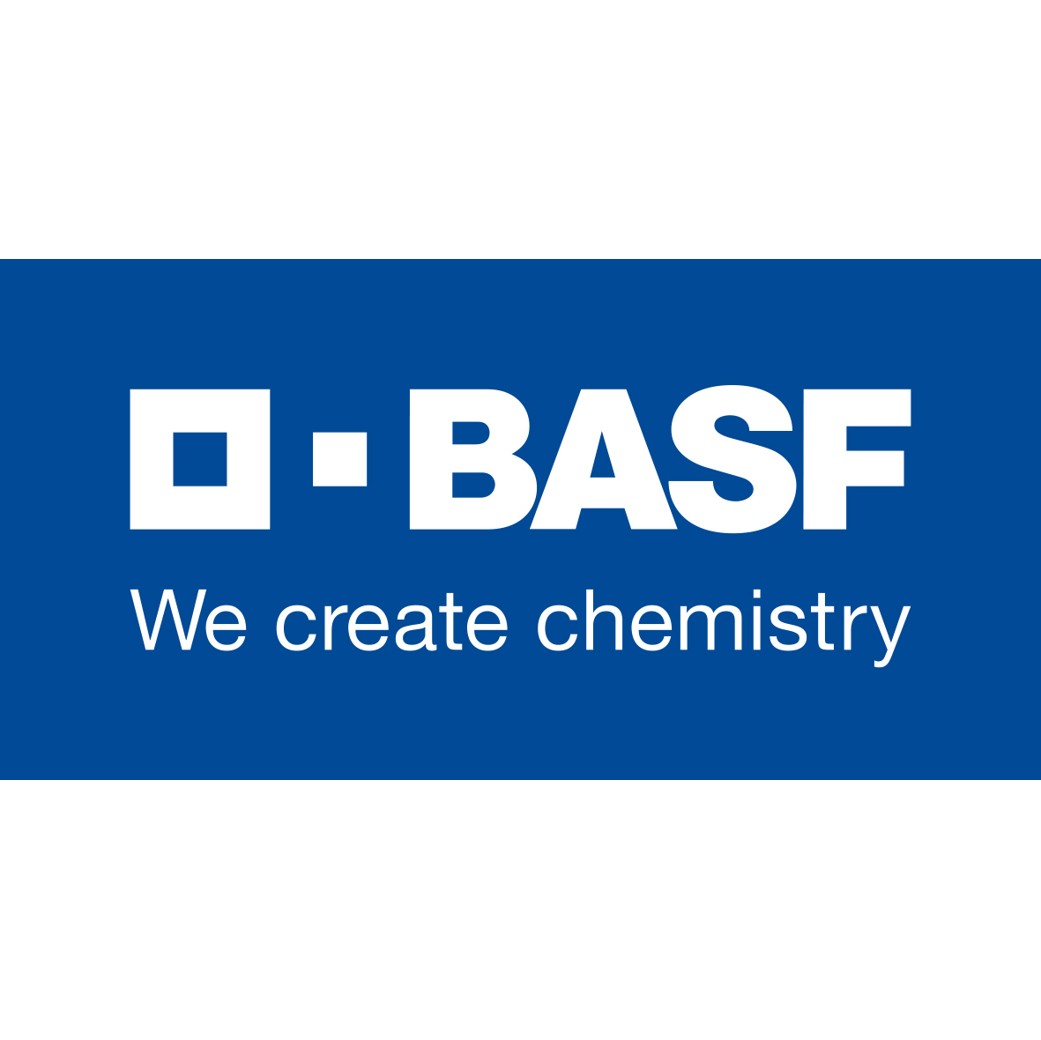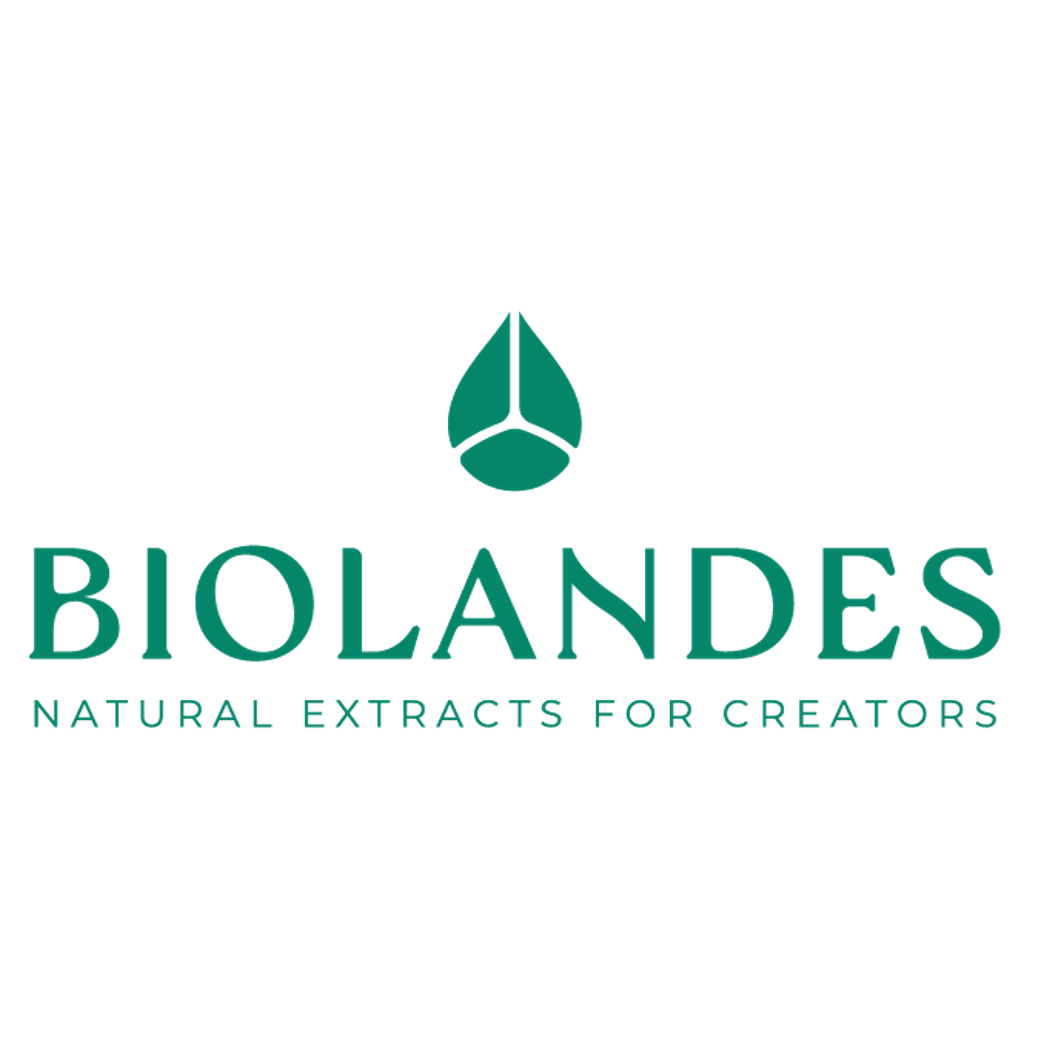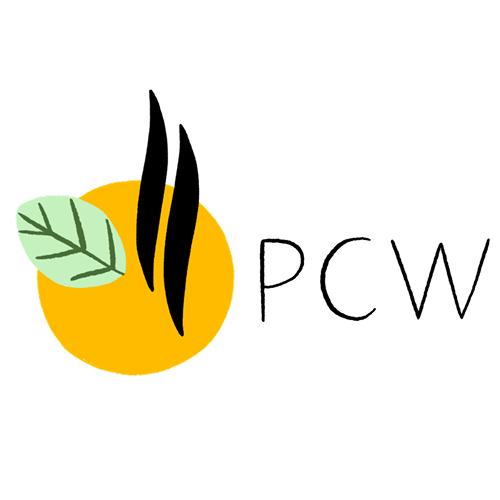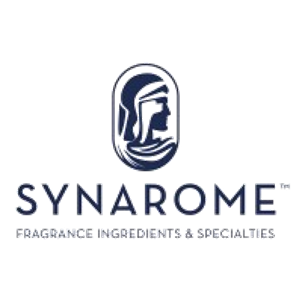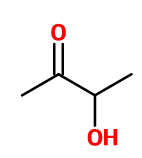
Photo credits: ScenTree SAS
Do you sell any of the raw materials? Would you like to let our users know?
Send an email to fournisseurs@scentree.coto learn about our advertising opportunities.
Do you sell any of the raw materials? Would you like to let our users know?
Send an email to fournisseurs@scentree.coto learn about our advertising opportunities.
General Presentation
-
CAS N° :
513-86-0 -
EINECS number :
208-174-1 -
FEMA number :
2008 -
FLAVIS number :
07.051
-
JECFA number :
405 -
Volatility :
Head -
Price Range :
€€
Physico-chemical properties
-
Appearance :
Colorless liquid -
Density :
1,013 -
Refractive Index @20°C :
1.417 - 1.420 -
Optical rotation :
Data not available. -
Vapor pressure :
3.750 mmHg @20°C 37.50 mmHg @50°C -
Flash Point :
47°C (116,6°F)
-
Molecular formula :
C4H8O2 -
Molecular Weight :
88,11 g/mol -
Log P :
-0,91 -
Fusion Point :
15°C (59°F) -
Boiling Point :
148°C (298,4°F) -
Detection Threshold :
Donnée indisponible.
Chemistry & Uses
Uses in perfumery :
Acetoin is used in buttery notes.
Year of discovery :
Data not available.
Natural availability :
Acetoin can be obtained following the fermentation of molasses, among other products.
Isomerism :
Acetoin has an asymmetric carbon. Its two enantiomers (R) and (S) have a similar smell. In perfumery, it is the racemic mixture of this molecule that is used. Ethyl acetate is a constitutional isomer of Acetoin. These two molecules, however, have a very different smell, as Ethyl acetate has a solvent smell and is more fruity.
Synthesis precursor :
Acetoin is not a precursor to the synthesis of another compound of olfactory interest.
Synthesis route :
Acetoin is synthesized by a partial oxidation of 2,3-butanediol.
Stability :
Stable in perfumes and diverse functional bases
Other comments :
Acetoin is less used than Diacetyl to bring a buttery facet. It has a softer facet and is less powerful.
IFRA
IFRA 51th :
This ingredient is not restricted for the 51th amendment





